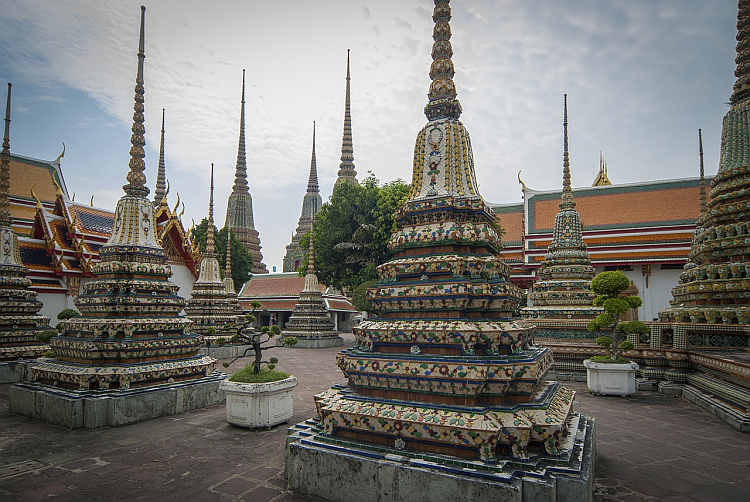The History of Traditional Thai Massage

What does the traditional Thai massage offer?
The Traditional Thai Massage is based on a holistic approach corresponding to the nature of man. Integration of nature, body, mind and soul is the central focus. In contrast to the classical Western massage forms, it is based less on the anatomy of the human body and more on so-called energy lines and fields, comparable to the meridians in Chinese medicine.
Acupressure and reflex zone massage, for example, are closely related. Due to their unique technique, much better health results can generally be achieved than with conventional massage forms.
While rubbing and kneading the skin are essential elements in classical massages, in traditional Thai massage local points are massaged, which can also have a positive effect on internal or distant organs through the long-distance effect.
The use of special oils and healing creams improves the effect of the massage in most cases.
Through stretching and stretching techniques on the entire muscle apparatus, local blood circulation of the skin, connective tissue and muscles is achieved.
About the history of Traditional Thai Massage
The Traditional Thai Massage (in Thai “nuat phaen thai” – นวดแผนไทย) can look back on a long history. However, if you retrace the techniques of the healing massage practiced in Thailand, you will discover that Thai massage does not originate in Thailand.
Rather, the origins go back to applications in India and also in China. About 2500 years ago, the knowledge about the techniques of today’s “Traditional Thai Massage” reached our homeland.
An important founder is considered to be a North Indian doctor named Jivaka Kumar Bhaccha, a personal physician of the Magadha King Bimbisara. Kumar Bhaccha is known as a friend and contemporary of Buddha and a doctor of the Buddhist monk community. He is mentioned in the Pali Canon, the ancient scriptures of Buddhism of the southern school of Theravada Buddhism (today mainly spread in Sri Lanka, Burma, Laos, Cambodia and Thailand).
In the 17th century medical texts are mentioned, which were written on palm leaves in Pali language and Khmer script. These ancient texts seem to have had a high value and were worshipped similarly to the Buddhist scriptures. In 1767, during the destruction of the old Thai royal city of Ayutthaya by Burmese conquerors, the old texts were largely destroyed.
Only a few fragments were preserved and served King Rama III in 1832 as the basis for the famous inscriptions of the Phra Chetuphon temple (Wat Pho) in Bangkok. The still available texts were collected and compared and engraved into the walls of the temple.
In Wat Pho is also integrated the most famous massage school of Thailand, according to whose traditions also our staff was instructed and oriented.
We apply the Traditional Thai Massage as far as possible in the form as it is taught and practiced in Thailand. Our aim is to offer Westerners – who often suffer from hectic and stress – a centuries-old method of treatment for healing purposes that is widely used in Asian cultures.
A unique speciality
As a unique speciality we offer you an individual treatment of your hands and feet with special stones. This leads to a healing and relaxing effect on your skin, which becomes very smooth and soft.